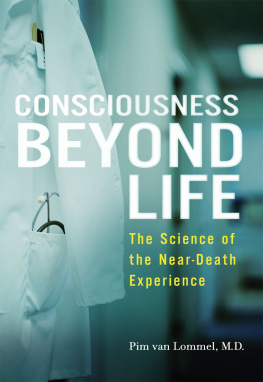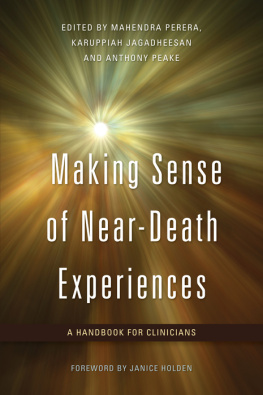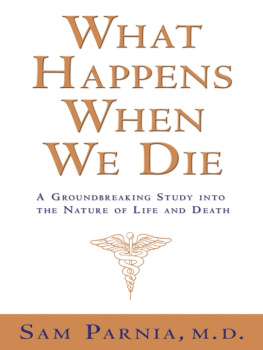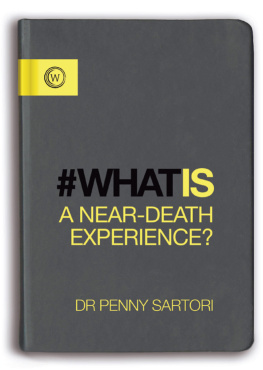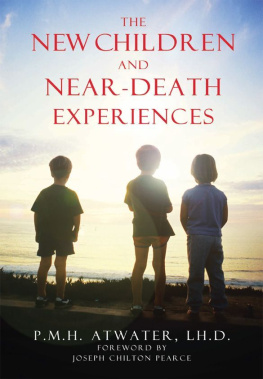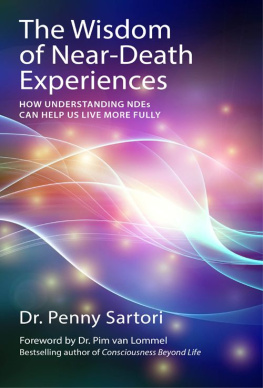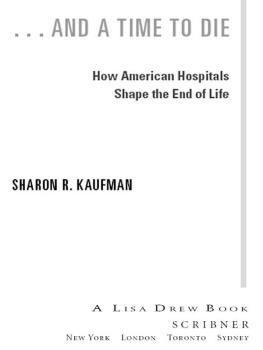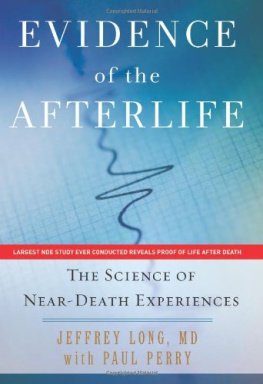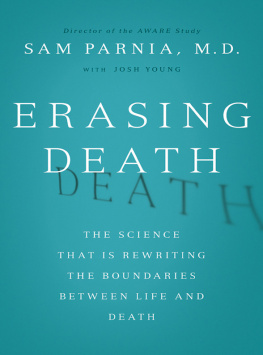All science is empirical science, all theory is subordinate to perception; a single fact can overturn an entire system.
F REDERIK VAN E EDEN
It is 1969. At the coronary care unit the alarm suddenly goes off. The monitor shows that the electrocardiogram of a patient with a myocardial infarction (heart attack) has flatlined. The man has suffered a cardiac arrest. Two nurses hurry over to the patient, who is no longer responsive, and quickly draw the curtains around his bed. One of the nurses starts CPR while the other places a mask over his mouth and administers oxygen. A third nurse rushes over with the resuscitation trolley that contains the defibrillator. The defibrillator is charged, the paddles are covered in gel, the patients chest is bared, the medical staff let go of the patient and the bed, and the patient is defibrillated. He receives an electric shock to the chest. It has no effect. Heart massage and artificial respiration are resumed, and, in consultation with the doctor, extra medication is injected into the IV drip. Then the patient is defibrillated for the second time. This time his cardiac rhythm is reestablished, and more than a minute later, after a spell of unconsciousness that lasted about four minutes, the patient regains consciousness, to the great relief of the nursing staff and attendant doctor.
That attendant doctor was me. I had started my cardiology training that year.
Following the successful resuscitation, everybody was pleasedeverybody except the patient. He had been successfully revived, yet to everybodys surprise he was extremely disappointed. He spoke of a tunnel, colors, a light, a beautiful landscape, and music. He was extremely emotional. The term near-death experience (NDE) did not yet exist, and I had never heard of people remembering the period of their cardiac arrest. While studying for my degree, I had learned that such a thing is in fact impossible: being unconscious means being unawareand the same applies to people suffering a cardiac arrest or patients in a coma. At such a moment it is simply impossible to be conscious or to have memories because all brain function has ceased. In the event of a cardiac arrest, a patient is unconscious, is no longer breathing, and has no palpable pulse or blood pressure.
Near Death in the Hospital
The first coronary care units in Dutch hospitals opened in 1966, when massaging the heart, administering oxygen, and defibrillation were found to be effective in treating cardiac arrest patients. Cardiac arrest was and remains the most common cause of death for people with an acute myocardial infarctionin the United States, about one death each minute, and in the UK about one death every two minutes. Since the introduction of modern techniques of resuscitation and the establishment of coronary care units, mortality rates as a result of cardiac arrest have fallen sharply, and these days it is not uncommon for patients to survive cardiac arrest.
When I was working as a cardiologist, I was confronted with death on an almost daily basis. As a doctor, you are all but forced to reflect on the emotional, philosophical, and physiological aspects of life and death. But often such reflection does not actually take on any urgency until you are personally affected by the death of a family member. In my case, this happened when my mother died at the age of sixty-two and my brother at the age of forty-one.
Although I had never forgotten the successfully resuscitated patient in 1969, with his memories of the period of his cardiac arrest, I had not done anything with the experience. This changed in 1986 when I read a book about near-death experiences by George Ritchie with the title Return from Tomorrow. 1 When he had double pneumonia as a medical student in 1943, Ritchie experienced a period of clinical death. At the time antibiotics such as penicillin were not yet widely used. Following an episode of very high fever and extreme tightness of the chest, he passed away: he ceased breathing and his pulse also stopped. He was pronounced dead by a doctor and covered with a sheet. But a male nurse was so upset by the death of this medical student that he managed to persuade the attendant doctor to administer an adrenalin injection in the chest near the hearta most unusual procedure in those days. Having been dead for more than nine minutes, George Ritchie regained consciousness, to the immense surprise of the doctor and nurse. It emerged that during his spell of unconsciousness, the period in which he had been pronounced dead, he had had an extremely powerful experience of which he could recollect a great many details. At first he was unable and afraid to talk about it. Later he wrote a book about what happened to him in those nine minutes. And after graduating as a psychiatrist, he began to share his experiences in lectures to medical students. One of the students attending these lectures was Raymond Moody, who was so intrigued by this story that he began to look into experiences that may occur during life-threatening situations. In 1975 he wrote the book Life After Life, which became a global best-seller. In this book Moody first coined the term near-death experience (NDE).2
After reading Ritchies book, I kept wondering how somebody can possibly experience consciousness during cardiac arrest and whether this is a common occurrence. So in 1986 I began to systematically ask all the patients at my outpatient clinic who had undergone resuscitation whether they had any recollection of the period of their cardiac arrest. I was more than a little surprised to hear, within the space of two years, twelve reports of such a near-death experience among just over fifty cardiac arrest survivors. Since that first time in 1969, I had not heard any other such reports. I had not inquired after these experiences either because I had not been open to them. But all the reports I was hearing now roused my curiosity. After all, according to current medical knowledge it is impossible to experience consciousness when the heart has stopped beating.
During cardiac arrest patients are clinically dead. Clinical death is defined as a period of unconsciousness caused by a lack of oxygen to the brain because either circulation or breathing or both have stopped. If no resuscitation takes place, the brain cells will suffer irreparable damage within five to ten minutes and the patient will nearly always die, even if the cardiac rhythm is reestablished later.
Questions About Brain Function and Consciousness
For me it all started with curiositywith asking questions, with seeking to explain certain objective findings and subjective experiences. Learning about near-death experience raised a number of fundamental questions for me. An NDE is a special state of consciousness that occurs during an imminent or actual period of physical, psychological, or emotional death. How and why does an NDE occur? How does the content of an NDE come about? Why does an NDE bring about such profound changes in someones life? I was unable to accept some of the answers to these questions because they seemed incomplete, incorrect, or unsubstantiated. I grew up in an academic environment where I was taught that there is a reductionist and materialist explanation for everything. And up until that point, I had always accepted this as indisputably true.
After immersing myself in the personal, psychological, social, and scientific aspects of near-death experience, I found other frequently asked questions becoming important to me too: Who am I? Why am I here? What is the origin of my life? When and how will my life end? And what does death mean to me? Will my life go on after death? In all times and all cultures and during every phase of lifeamong them the birth of a child or grandchild and confrontations with death and other serious crisesthese essential questions are asked again and again. You may have asked them yourself. Yet we seldom receive satisfactory answers. Whatever happens in our liveswhether we meet with success or disappointment, no matter how much fame, power, or wealth we acquiredeath is inescapable. Everything we gather around us will perish within the not-too-distant future. Birth and death are realities during every single second of our lives because our bodies undergo a constant process of death and renewal.

